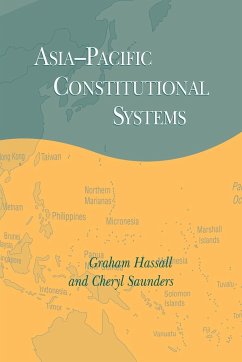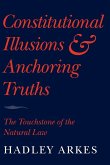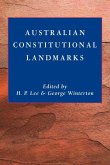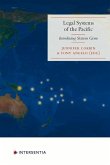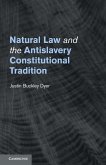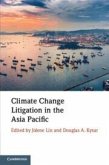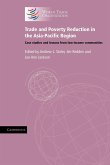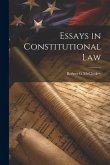Analyses the formal constitutional changes that have taken place in the Asia-Pacific region.
This book describes and critically analyses the formal constitutional changes that have taken place in the Asia-Pacific region, embracing the countries of East and South East Asia and Pacific Island states. In examining the variety amongst constitutional systems operating in the region, it asks several key questions: What constitutional arrangements operate in the region and how can their fundamental differences in structure and operation be explained? How do social, political and economic factors limit the effects of the constitution in place? What lessons exist for the practice of constitutionalism elsewhere? The aim of the book is to ground the idea of constitutionalism in local and global practices, and, through examining these practices, to identify significant challenges to the workings of contemporary constitutional orders.
Review quote:
'In this very interesting book, the authors investigate the various forms that constitutional arrangements assume in the Asia-Pacific (?)0; the highly useful appendix (?)0; and the comprehensive bibliography also contribute to make the book a precious reference work for students and researchers in, and out of, the field of Asian Studies. But the most relevant contribution is methodological and consists of the authors clearly stressing he fact that there is little insight to be gained from the mere juxtaposition of legal principles and institutions without taking into account the historical, philosophical and human circumstances to which they respond and which affect their operation and significance. This multidisciplinary and contextual approach is just what is needed to investigate any kind of social phenomena across cultures.' Political Studies Review
Table of contents:
Part I. Modernity and nation-states at the dawn of the global era: 1. Traditional states and colonisation; 2. The 'modern' constitution; 3. Writing the constitution; Part II. The constitution of modernity: 4. The legislature; 5. Representation; 6. Head of state; 7. Constitutional revision; Part III. Democracy and the rule of law: 8. Courts and the judiciary; 9. The suspension of constitutional power; 10. Devolution; Conclusions: Postmodernity and integrative constitutionalism.
Hinweis: Dieser Artikel kann nur an eine deutsche Lieferadresse ausgeliefert werden.
This book describes and critically analyses the formal constitutional changes that have taken place in the Asia-Pacific region, embracing the countries of East and South East Asia and Pacific Island states. In examining the variety amongst constitutional systems operating in the region, it asks several key questions: What constitutional arrangements operate in the region and how can their fundamental differences in structure and operation be explained? How do social, political and economic factors limit the effects of the constitution in place? What lessons exist for the practice of constitutionalism elsewhere? The aim of the book is to ground the idea of constitutionalism in local and global practices, and, through examining these practices, to identify significant challenges to the workings of contemporary constitutional orders.
Review quote:
'In this very interesting book, the authors investigate the various forms that constitutional arrangements assume in the Asia-Pacific (?)0; the highly useful appendix (?)0; and the comprehensive bibliography also contribute to make the book a precious reference work for students and researchers in, and out of, the field of Asian Studies. But the most relevant contribution is methodological and consists of the authors clearly stressing he fact that there is little insight to be gained from the mere juxtaposition of legal principles and institutions without taking into account the historical, philosophical and human circumstances to which they respond and which affect their operation and significance. This multidisciplinary and contextual approach is just what is needed to investigate any kind of social phenomena across cultures.' Political Studies Review
Table of contents:
Part I. Modernity and nation-states at the dawn of the global era: 1. Traditional states and colonisation; 2. The 'modern' constitution; 3. Writing the constitution; Part II. The constitution of modernity: 4. The legislature; 5. Representation; 6. Head of state; 7. Constitutional revision; Part III. Democracy and the rule of law: 8. Courts and the judiciary; 9. The suspension of constitutional power; 10. Devolution; Conclusions: Postmodernity and integrative constitutionalism.
Hinweis: Dieser Artikel kann nur an eine deutsche Lieferadresse ausgeliefert werden.

